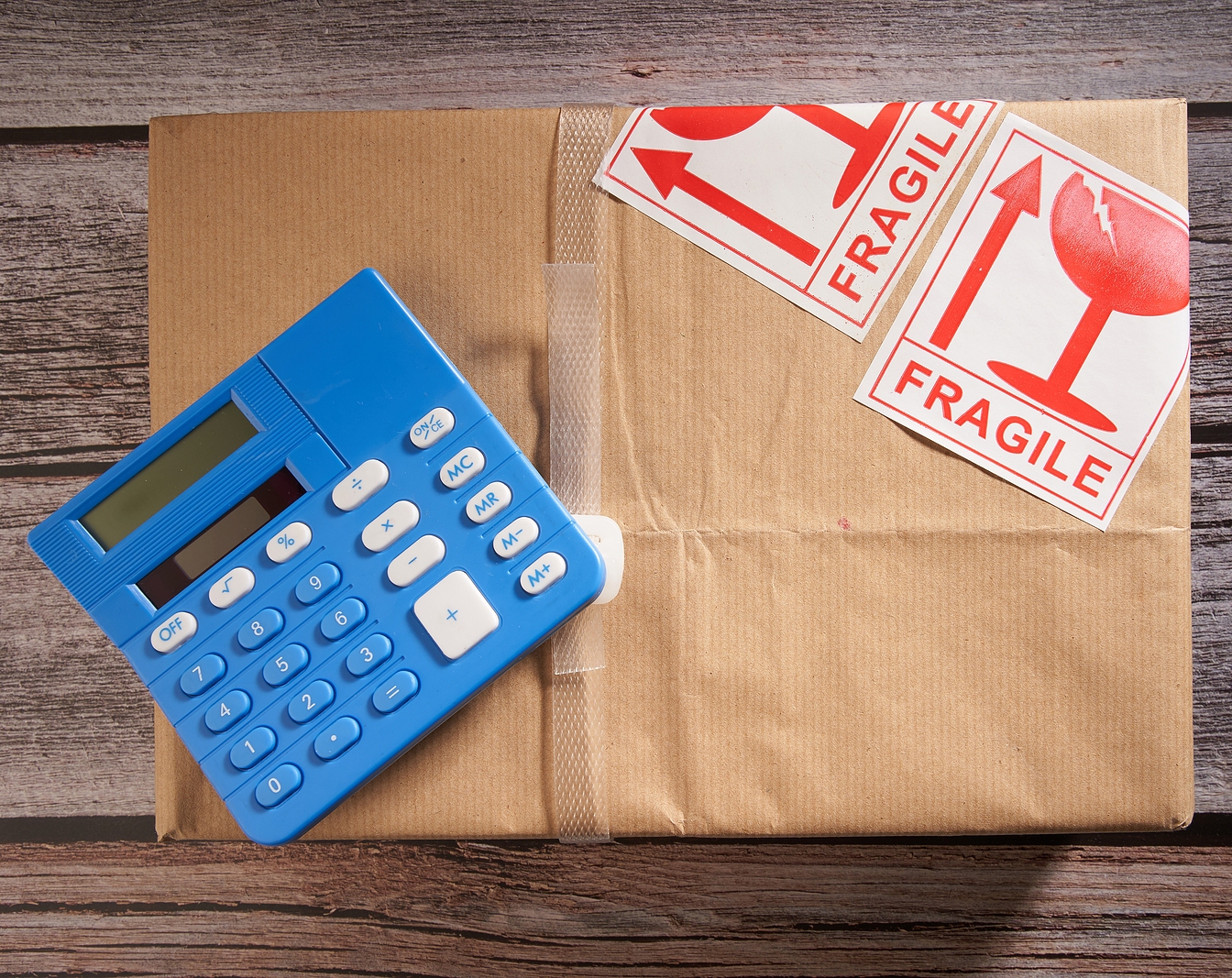
Luckily, hurricanes, tropical storms, tornados, floods, and other disasters do not occur every day. However, the very rarity of them can easily lead to damage or loss of your art collection. This is where developing a well-thought-out plan is a smart idea. After all, it is always better to be prepared in advance, as it is unlikely that you will have enough time for that in an emergency situation. Therefore, if you want to minimize the injury and damage to your art collection, take advantage of the following list of things that have to be included in your emergency response plan.
1. Find a provider of emergency response services beforehand.
Be sure, in case of disaster, all art collectors will be contacting the same professional providers of emergency response services. This is exactly the reason why it is recommended to find the one beforehand. Moreover, such an approach guarantees you to receive the most cost-effective and responsive services.
2. Keep packing supplies and materials in reserve.
To have all the necessary packing supplies (e.g. secure crates and boxes) at hand is another smart solution. Such materials are very useful in case of emergency, especially if you need to quickly pack your art collection for transportation.
3. Review your art insurance coverage.
Consult your fine art insurance company to find out how exactly they can help you in case of disaster and what steps you should take in such a situation. Keep the required insurance information in an easily retrievable and safe place.
4. Make a list of fine art pieces you want to remove first.
Whether it comes to fine art pieces with historical value, your family heirloom, jewelry, or Old Master paintings, you need to decide which of them to evacuate first. Make a list of such items so that you could quickly remove the most valuable pieces of your art collection.
5. Know the local threats you may face.
Depending on where you live, you may face a threat of natural disasters (such as volcanic eruptions and earthquakes), severe weather (such as tornados, hurricanes, and tsunamis), or other emergencies. Therefore, if you want to be prepared, you should spend some time to learn more about all possible local threats and what to expect from them.
6. Consider your location.
Think about the exit path each of your fine art pieces should take in case of disaster. Keep in mind that, most likely, it won’t be the same for small, fragile items and large sculptures. Besides, you should clearly understand where to move them next.
7. Always have a full list of your possessions.
Having an inventory is crucial for all art collectors, especially in case of emergency. Make sure you have such a list and can access it at any time and from any location.
In general, a well-thought-out disaster response plan, energetic preparation, and training can lead to calm and effective action in an emergency. After all, even though we all hope for the best, we still have to be prepared for the worst.
